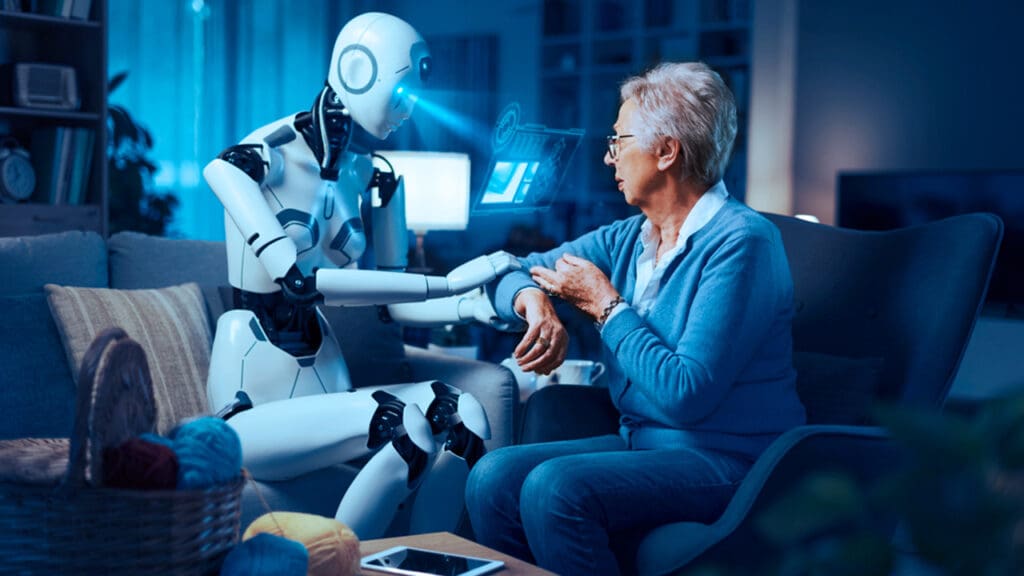Autism, also referred to as autism spectrum disorder, is characterized by a range of difficulties in social interaction, verbal and non-verbal communication and repetitive behaviors, and may be associated with other physical and intellectual disabilities. Earlier this year, the Centers for Disease Control and Prevention (CDC) released new data showing that one in 68 children in the U.S. have autism. According to the advocacy group Autism Speaks, some technologies can help people with autism improve communication, assist in the development of social skills and enhance the ability to learn.
During Autism Awareness Month 2014, the Personal Connected Health Alliance (PCHA) and IEEE Standards Association have joined together to focus attention on the application of personal health technologies to help solve some of the challenges facing people with autism and their families.
Not surprisingly, technologies such as tablets, smartphones and mobile apps are increasingly being used to help people with autism improve communication, aid in the development of social skills and enhance their ability to learn. Healthcare providers and families are embracing video-based virtual visits, which are more convenient and patient-friendly. Organizations like Autism Speaks and their Innovative Technology for Autism Initiative (ITA), and the iTaalk Autism Foundation are helping educate parents, family members and healthcare providers on the use of technology, and support the development of new technologies to help those with autism.
Numerous published studies are also demonstrating how personal health technologies are helping people with autism in a variety of ways, including improved communication, increased attention span and social interaction, as well as better healthcare. Parents and care providers are learning more and more about how to use these technologies and are embracing the use of tablets and mobile health devices and apps to make a difference in the lives of people with autism.
The IEEE 11073 series of personal health device standards includes device specializations targeted for sensors, tablets, smartphones, PCs and mobile apps in processing sensory information such as sounds, sights and smells. Continua’s 2014 Design Guidelines help to enable connectivity between these devices and systems, as well as the sharing of the data collected with the families, caregivers and healthcare providers of people with autism, in order to improve communication and provide better care.
PCHA is a first-of-its-kind collaboration between Continua Health Alliance, mHealth Summit and HIMSS, to engage consumers with their health via personalized solutions that are designed for user-friendly connectivity and meet their lifestyle needs. The Continua global standards-based interoperability Design Guidelines and product certification program will continue to facilitate the most convenient, secure and robust health data exchange and greatest utility of health information for personal and population health management.
The value of the IEEE and PCHA partnership is that both organizations believe that the success of personal connected health depends upon engaging consumers and ensuring connected health solutions are responsive and compelling, convenience, accessible and can entertain, educate and enable social connections—all which can be achieved via standardization.
We encourage global healthcare communities to use the IEEE standards and Continua Design Guidelines to develop new plug-and-play solutions for addressing the needs of the autism community. To that end, IEEE and PCHA encourage developers to submit use cases to advance the adoption of personal health technologies for people with autism. Personal connected health technologies can facilitate communication, connection and better care for people with autism, opening up a new world of possibilities. We invite you to participate in the development of innovative, creative solutions to help the autism community.









